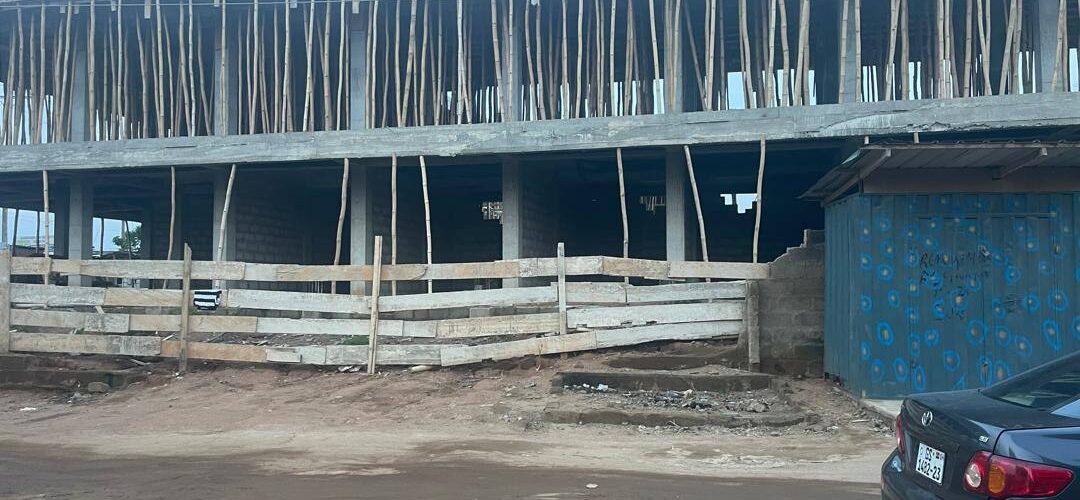
Our Location
Taifa Burkina, Accra-Ghana

Call Us
+233 24 802 6236

Working Time
Mon-Sat: 8:00-18:00

When embarking on a construction project, whether it’s for a new home, a commercial building, or a renovation, one of the most important decisions you will make is selecting the right method for the project delivery. Design-Build services are quickly becoming one of the most popular and efficient approaches in the construction industry. This article explores the design-build approach, highlighting its benefits and how it can streamline the construction process for clients and contractors alike.
Design-Build is an integrated project delivery method where a single entity is responsible for both the design and construction of a project. Unlike traditional methods where clients separately hire a designer and a contractor, the design-build approach combines these roles into one, providing a seamless experience for the client.
In a Design-Build arrangement, the client works directly with the design-build firm, which handles the architecture, engineering, and construction management. This unified approach ensures that the vision of the project is executed with efficiency, coherence, and accountability.
Single Point of Responsibility
One of the greatest advantages of the design-build model is that it provides a single point of responsibility. The design-build firm is fully accountable for both the design and construction, which reduces the risk of miscommunication and errors that may arise when multiple parties are involved.
If issues arise during the project, the client knows exactly who to turn to, simplifying problem resolution and reducing delays.
Streamlined Communication
Communication is often cited as one of the leading causes of delays and cost overruns in construction projects. Design-build firms foster a collaborative environment where the design and construction teams work together from the outset, ensuring that all stakeholders are on the same page.
As the design and construction teams are integrated, changes to the project can be addressed more quickly, and decisions are made in real-time, avoiding costly back-and-forth between separate entities.
Faster Project Delivery
The design-build approach often results in faster project completion times. This is because the design and construction processes can overlap, rather than being done sequentially. Once the design is finalized, the construction team can start work immediately without waiting for a separate contractor to be brought on board.
Additionally, since the design and construction teams collaborate closely, potential delays and issues are typically identified and addressed earlier in the process, further accelerating the timeline.
Cost Savings
The design-build method can also help reduce costs. With a single team overseeing both design and construction, the project is more likely to stay within budget. The streamlined communication and collaboration between designers and builders help to prevent expensive mistakes or redesigns.
Design-build firms also tend to have established relationships with suppliers and subcontractors, enabling them to secure materials and services at more competitive prices, which can further reduce overall project costs.
Innovative and Custom Solutions
Since the design and construction teams work hand-in-hand, the project is more likely to feature innovative solutions that meet the client’s unique needs. The design-build firm can quickly adapt the design to fit the construction process, ensuring that the final result is not only aesthetically pleasing but also functional and feasible.
Whether it’s for a custom home, a commercial building, or a specialized facility, the design-build approach allows for greater flexibility and customization throughout the project.
Improved Quality Control
The close collaboration between the design and construction teams ensures that the project is executed with a high level of quality control. The designers can ensure that their vision is realized precisely, while the builders can offer practical insights that improve the functionality and durability of the structure.
In turn, this reduces the likelihood of mistakes and rework, leading to a higher quality end product.
Initial Consultation: The process begins with an initial meeting between the client and the design-build firm. During this stage, the firm gathers information on the client’s needs, preferences, budget, and timeline. They may also conduct a site assessment to ensure the feasibility of the project.
Conceptual Design: Based on the initial consultation, the design-build team creates a conceptual design that meets the client’s requirements. This design serves as a starting point, which can be refined as the project progresses.
Design Refinement and Construction Planning: Once the conceptual design is approved, the team moves forward with the detailed design phase. The construction team is involved at this stage to ensure that the design is feasible and within budget. Any necessary adjustments are made, and construction planning begins.
Construction: As soon as the design is finalized, the construction team begins the building process. Since the design and construction teams are working together, any adjustments or improvements are made quickly and efficiently.
Project Completion: Upon completion, the design-build team ensures that all aspects of the project are in accordance with the original design. The client receives a final walkthrough and any necessary documentation, such as warranties or manuals for maintenance.
At Genks Constructions, we pride ourselves on offering high-quality design-build services that ensure your project is completed on time, within budget, and to your exact specifications. Our team of experienced designers and construction professionals work collaboratively with you from start to finish, ensuring that your vision is brought to life seamlessly.
Whether you’re looking to build a new home, remodel an existing space, or develop a commercial property, our design-build approach is tailored to meet your unique needs. With our commitment to quality, cost-effectiveness, and efficiency, we deliver results that exceed expectations.